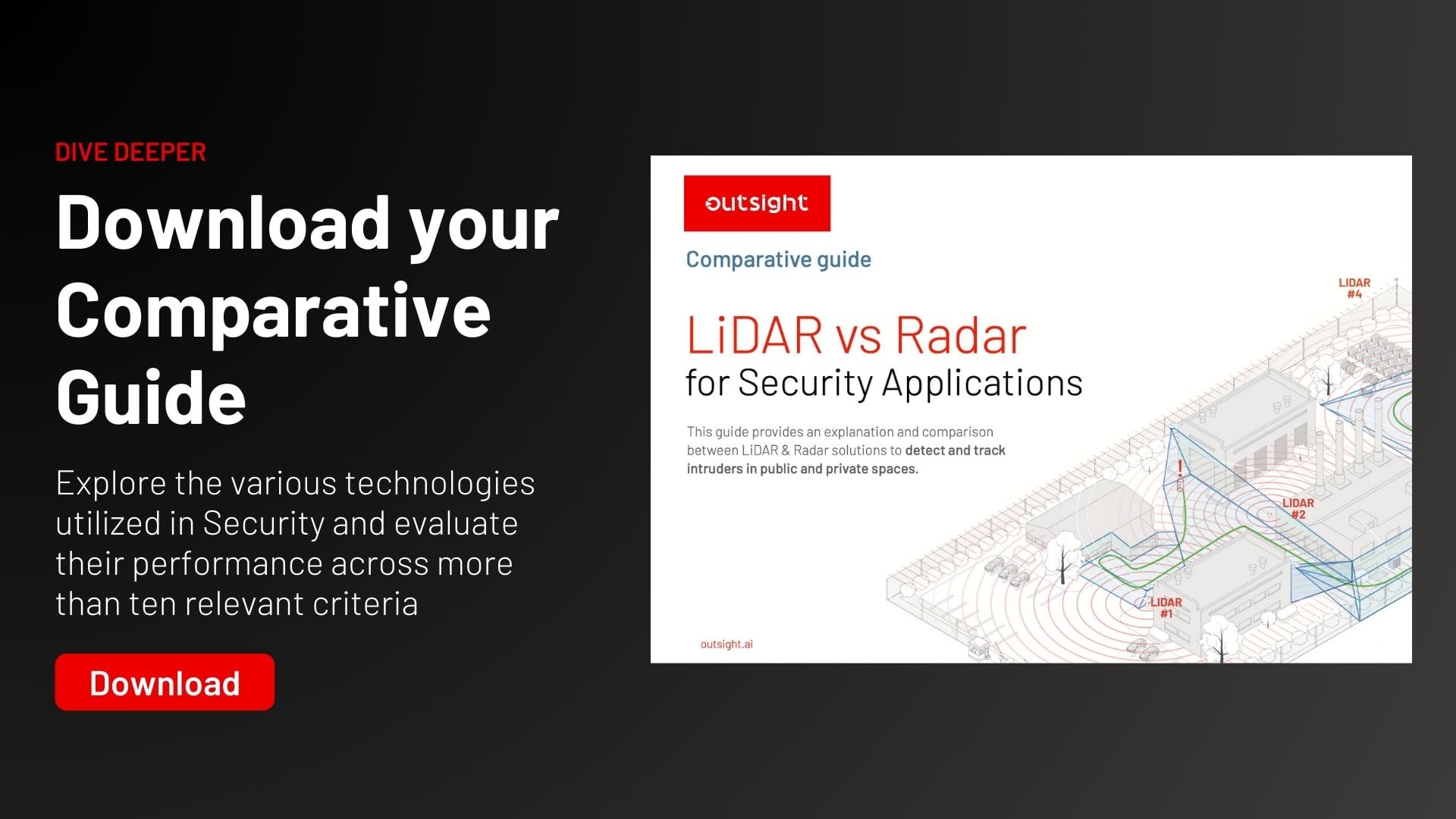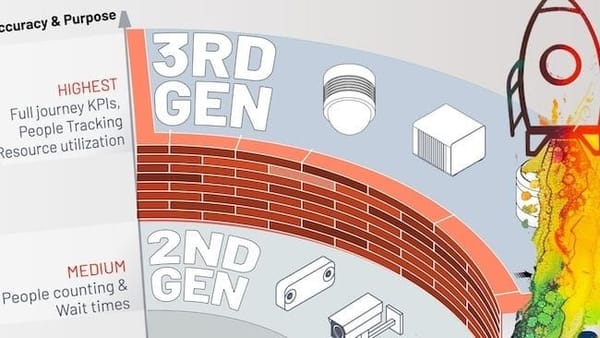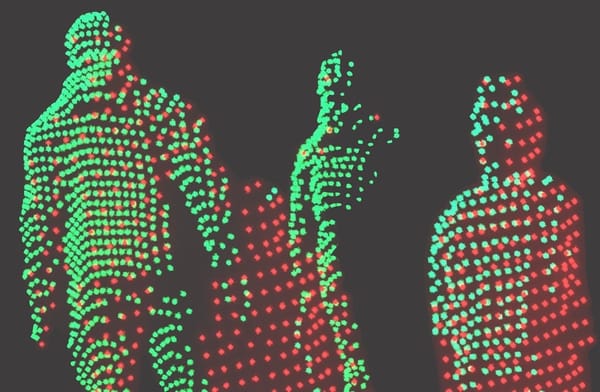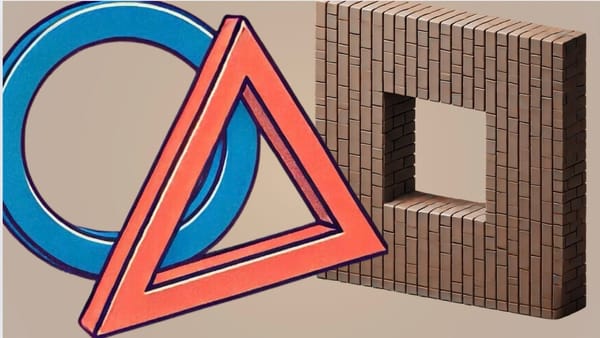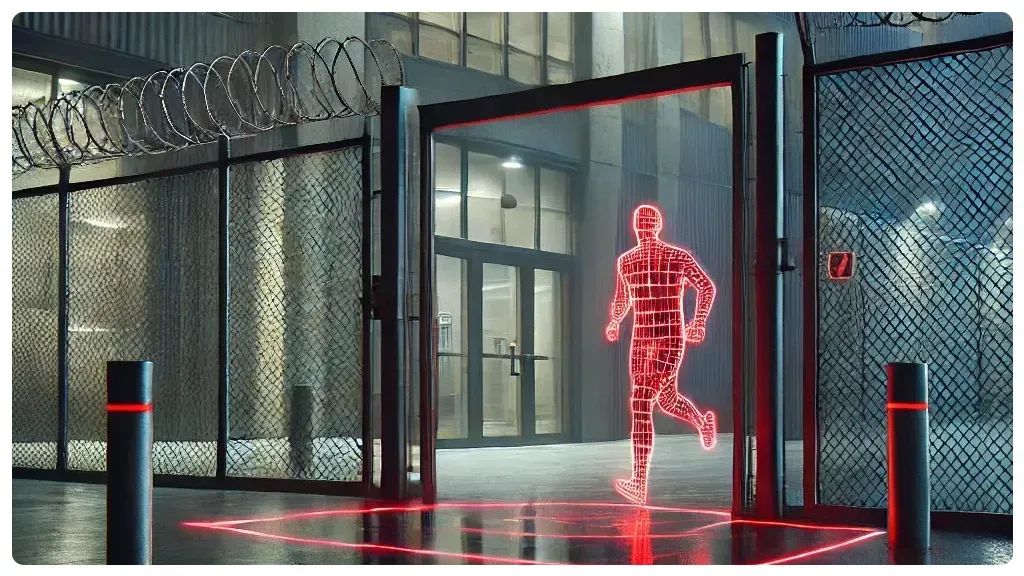
Enhancing Cyber-Physical Security with LiDAR
Cyber-physical systems are vulnerable to cyber and physical threats. LiDAR provides real-time detection, offering a strong solution for securing such critical infrastructure.
Cyber-physical systems (CPS) combine physical processes with digital networks. As reliance on this infrastructure increases, insuring their security becomes a pressing concern.
As they become more complex and connected, they face increasing cyber and physical threats, demanding stronger security measures to protect all components.
LiDAR (Light Detection and Ranging), originally created for the use in autonomous vehicles, is being leveraged to enhance the security of cyber-physical systems. This offers new capabilities for monitoring, detecting intrusions, and safeguarding against a wide range of potential threats.

Why are Cyber-Physical Systems at risk
Cyber-physical systems are targeted by attackers because they are typically deployed in mission-critical environments where a failure could lead to significant harm or disruption.
“Due to the nature of cyber-physical systems, incidents can quickly lead to physical harm to people, destruction of property or environmental disasters.” says Katell Thielemann, VP Analyst for Gartner.
Additionally, their high rate of false alarms and sensitivity to lighting and weather conditions make them unreliable for securing CPS.
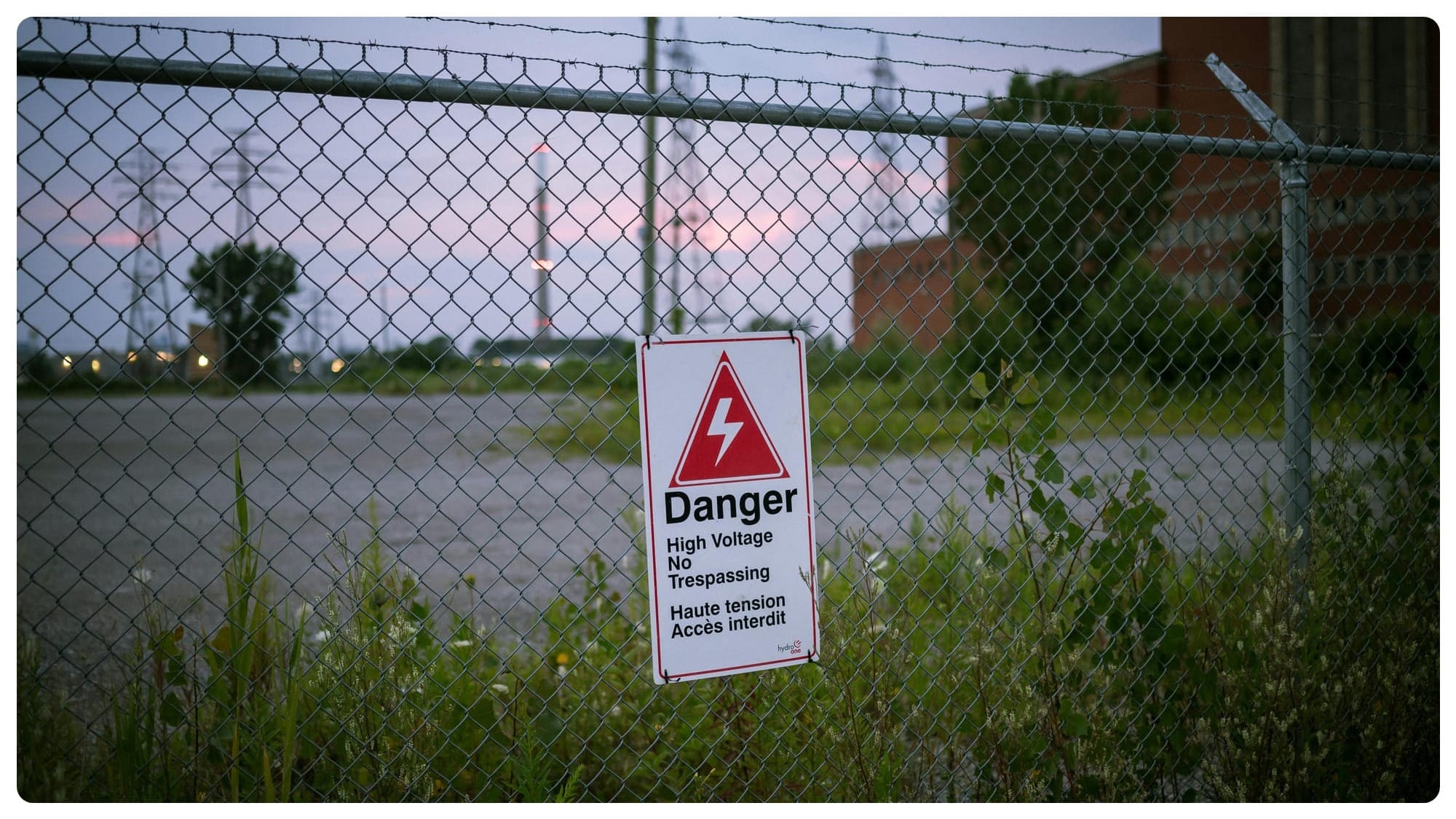
What can LiDAR do?
LiDAR enhances the security of both physical spaces and the cyber-physical systems that manage the infrastructure, effectively overcoming traditional security systems' limitations.
By emitting laser pulses and measuring the time it takes for these pulses to bounce back after hitting an object, LiDAR enables the creation of precise, high-resolution 3D maps of environments.
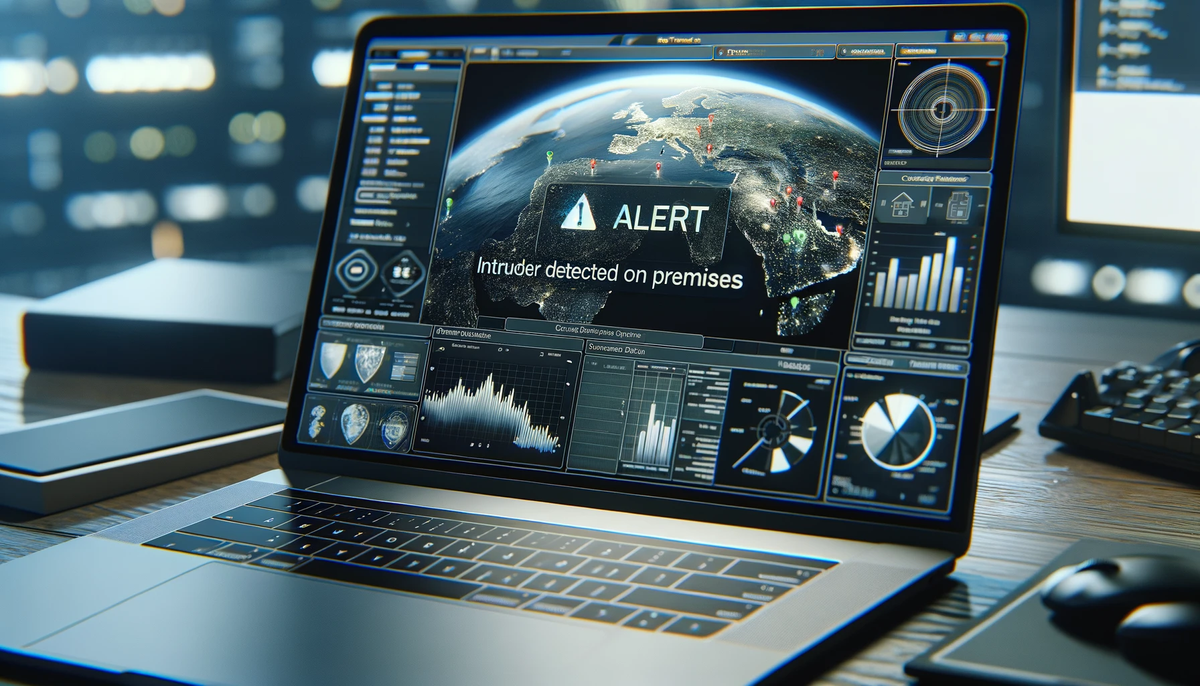
This makes LiDAR highly effective in securing critical infrastructure like power plants, airports, and military bases by monitoring perimeters and detecting intrusions or anomalies that could disrupt operations.
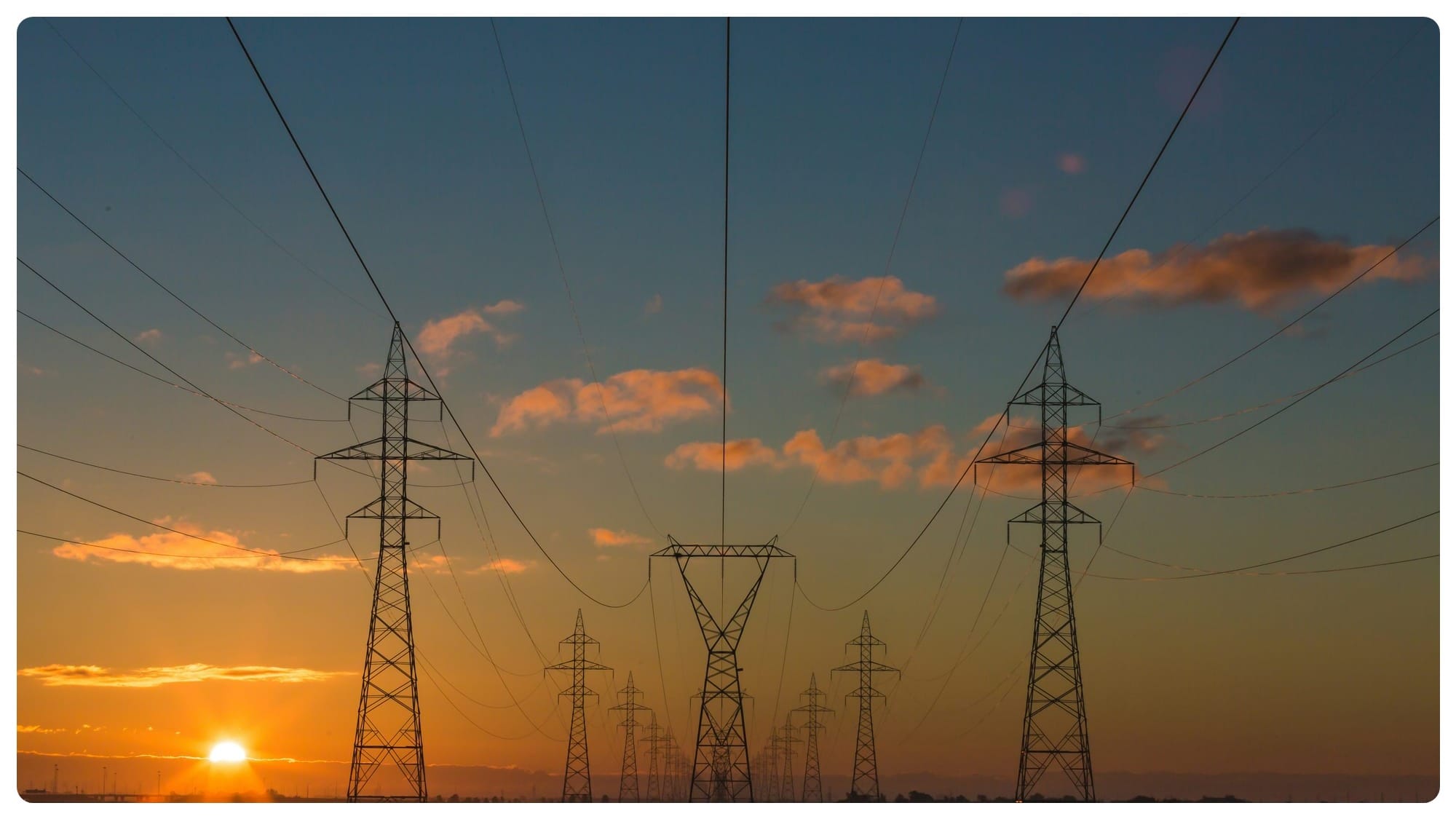

In automated factories, for example, LiDAR can work with IoT devices and robots to enhance situational awareness, detecting potential cyber-physical threats such as unauthorised access or equipment tampering, adding an extra layer of defense against both physical and cyber attacks.
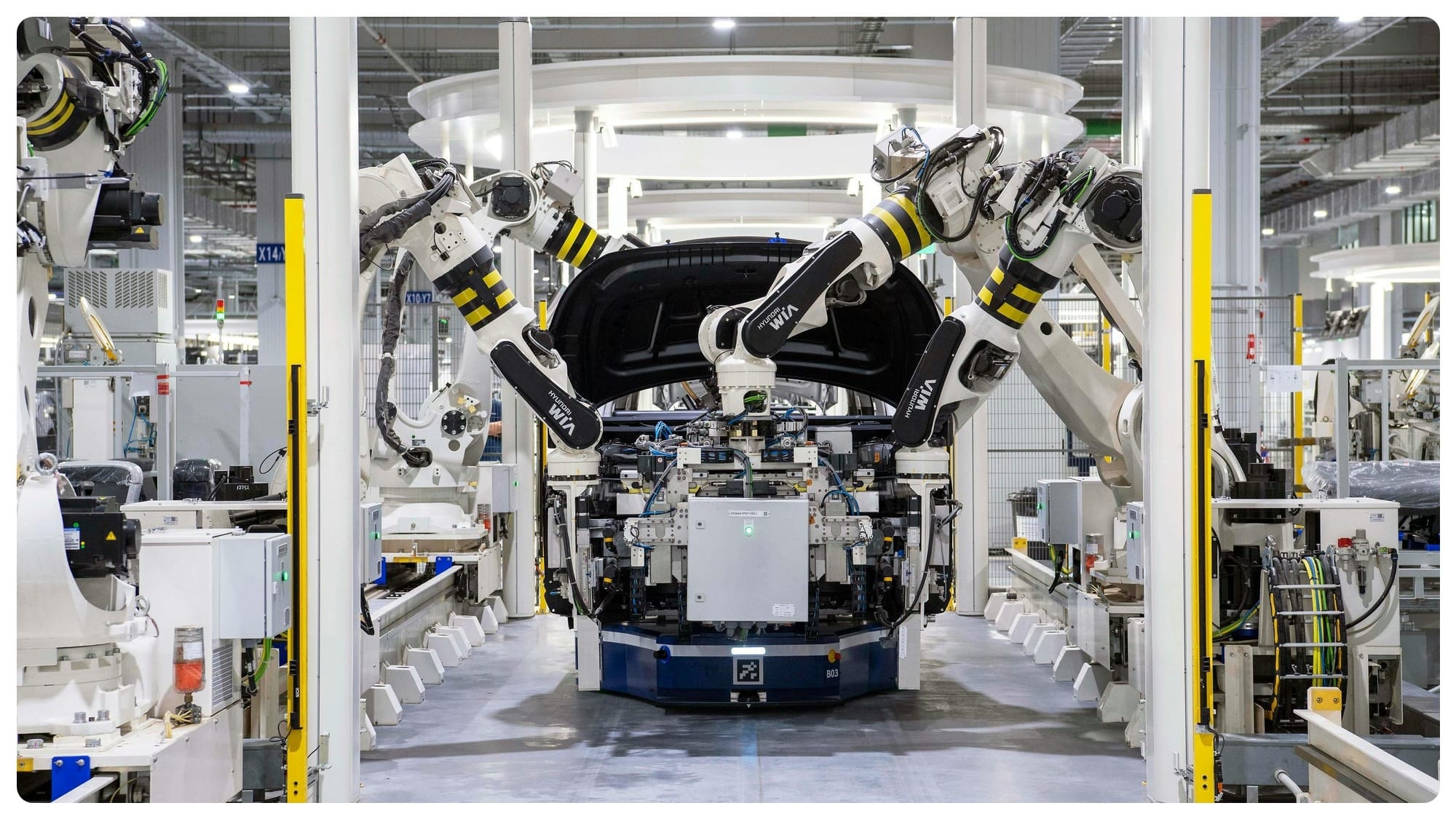
The role of the software solution in LiDAR security system
Traditional intrusion detection systems usually find intruders at perimeter fences.
However, a LiDAR software solution, like the one from Outsight, can find and track intruders all over a sensitive site by combining data from multiple LiDAR sensors strategically placed inside the site.
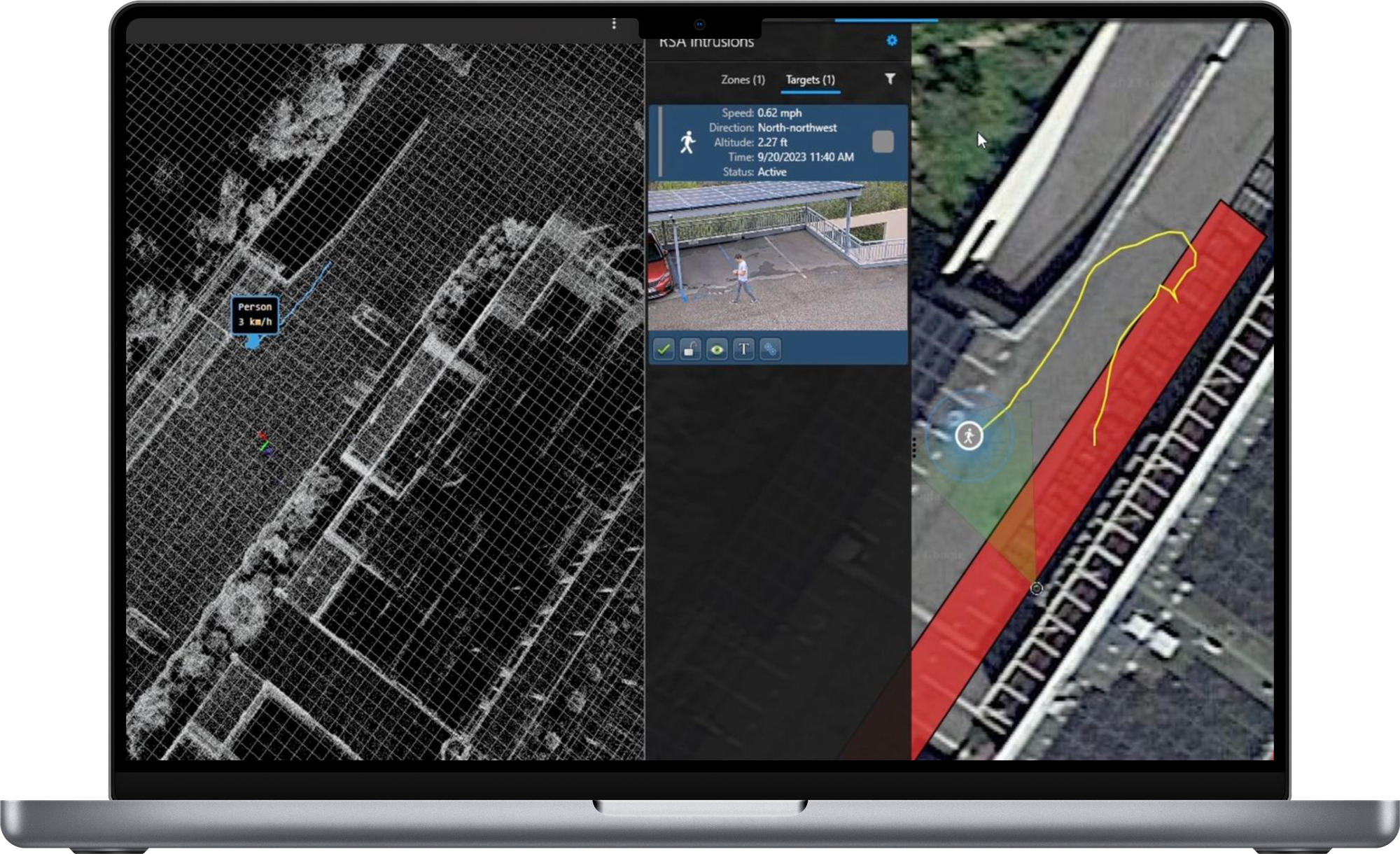
The system then follows the intruder as it moves through the LiDARs' fields of view and lets security operators know the intruder's exact location, path, and speed at any time on the site.
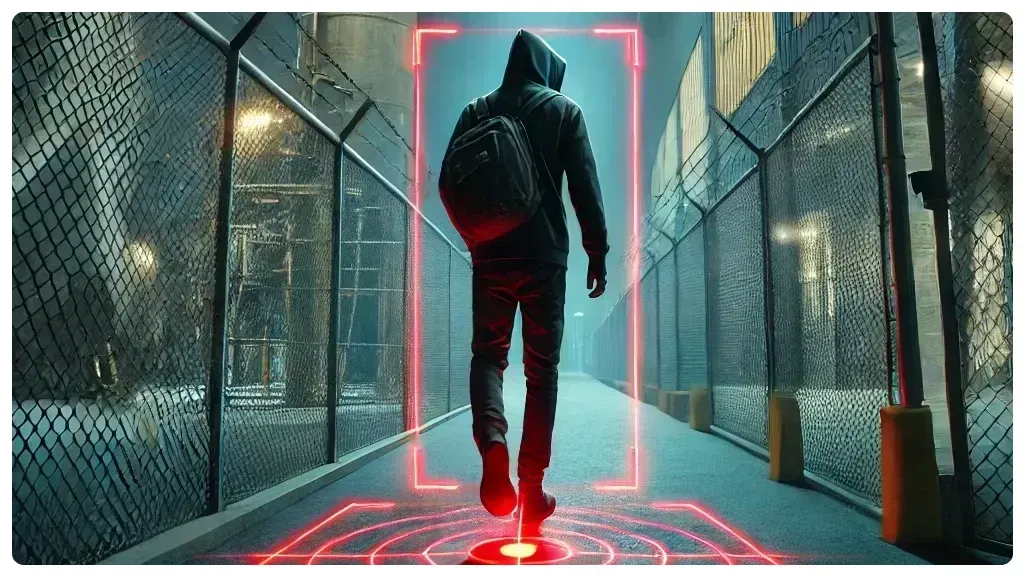
The system can also control a number of PTZ cameras that automatically point in the direction of the intruder's path to get a high-resolution picture of the intruder.
Here are some of the features available in this integrated solution:
- Real-time intrusion alarm notification in Milestone Smart client: when a person or vehicle enters a Detection zone, the alarm is activated.
- Alarm recording and playback: the Milestone recording server stores all intruder alarms and camera footage for alarm verification. The user is able to replay alerts depending on search parameters (such as zones of interest, date, and time) and see the associated video.
- Person and Vehicle trajectories are presented on a map in the Milestone Smart client, enabling security personnel to follow the exact location and course of attackers at any time and wherever on the site.
- PTZ Auto-Tracking: PTZ cameras may be automatically placed in the direction of a suspicious person or vehicle's path in order to provide the security operator with a full picture of the scenario.
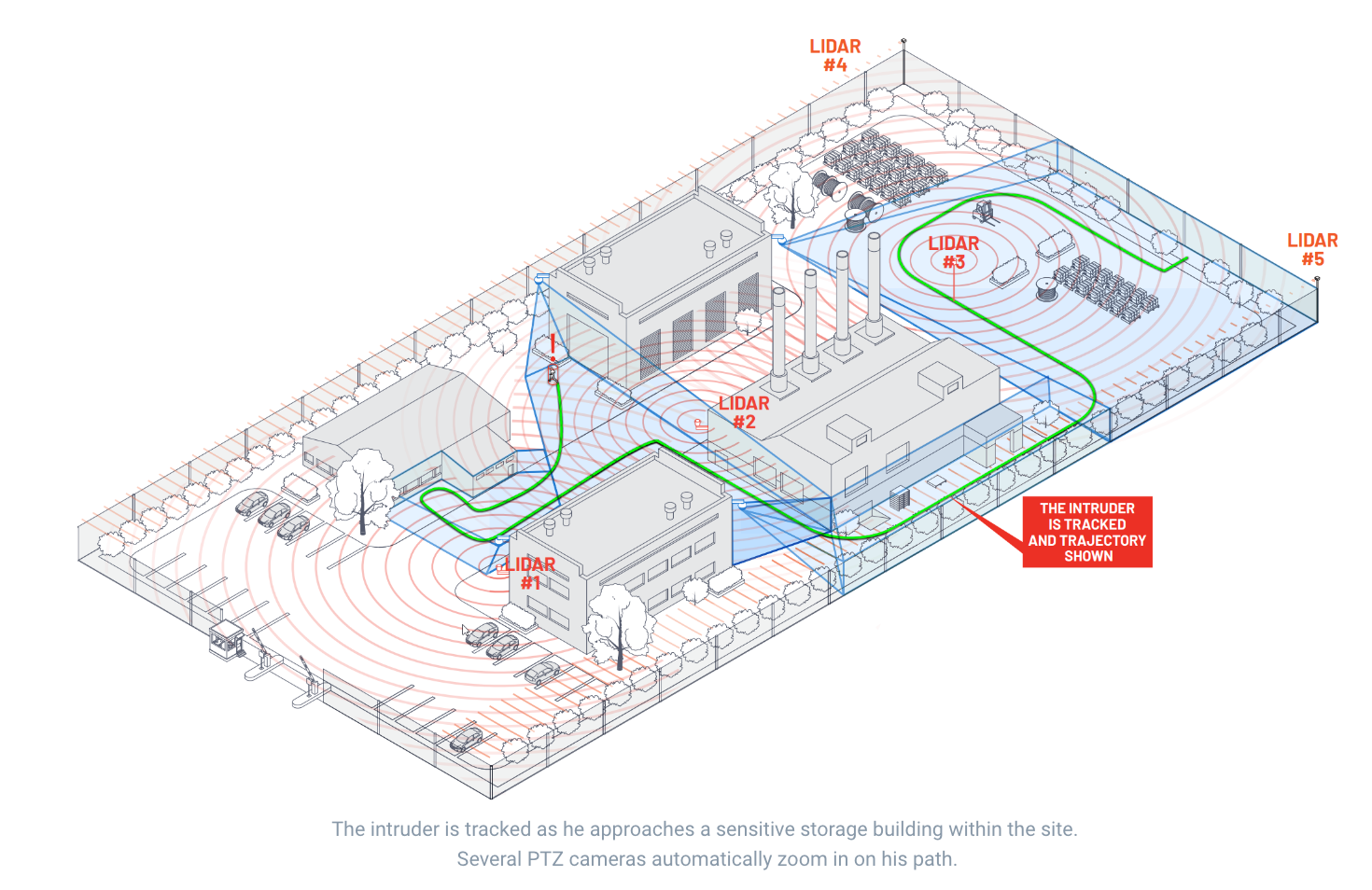
LiDAR, a solution to Cyber-Physical Security
From securing critical infrastructure perimeters to real-time monitoring in automated factories, LiDAR has become essential for cyber-physical system (CPS) security.
As CPS complexity increases and threats evolve, LiDAR will play a crucial role in detecting and preventing both physical and cyber attacks. By integrating LiDAR into CPS security, we gain a proactive and reliable solution to protect vital systems and ensure their continued operation.
If you want to know more, read our comparative guide LiDAR vs Radar for Security Applications or contact our representative
